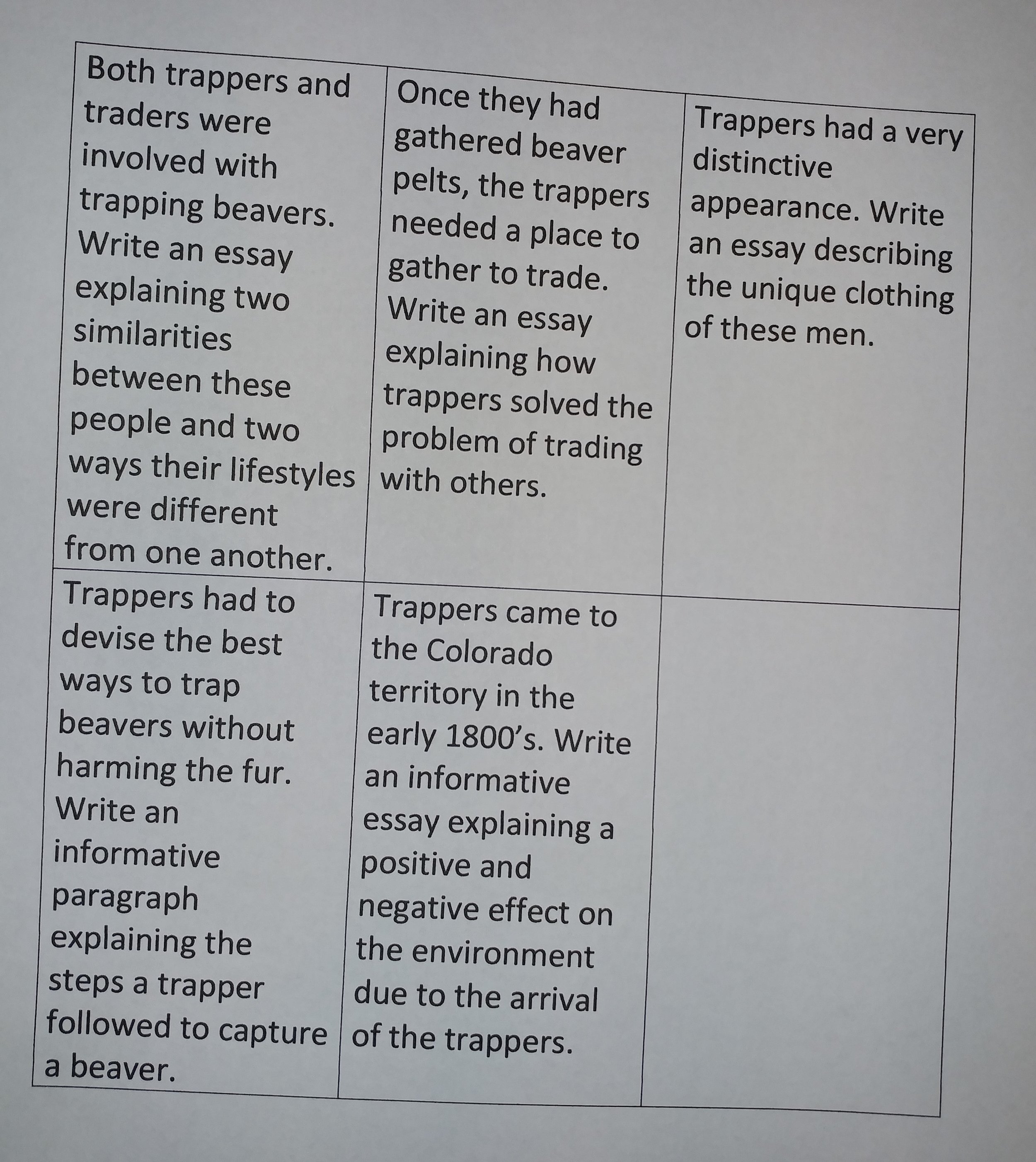No matter your age, picture books retain a strong appeal to readers. Older elementary students often need an excuse to return to childhood favorites. This year we have been spending time reading and rereading the book The Three Snow Bears by Jan Brett. This creative and visually stunning retelling of the classic Goldilocks and the Three Bears will appeal to students of all ages. Along with being a delightful reading experience, the book can also be used to practice some essential reading and writing skills.
You may choose to read the book aloud to your class, provide students copies of book, or watch and listen to a video of the book being read aloud. https://www.youtube.com/watch?v=hr1r09JFOUA
Primary Students
Sequencing: Understanding the sequence of a story is an important comprehension and writing skill. As with many of Jan Brett’s book, the main story is told in the text, while a secondary story takes place in the drawings in the margins of the book. Using the text first, have students identify the beginning of the story, the middle events in the tale, and the conclusion of the book. Students will complete a flow chart for the book, using either pictures, words, or a combination.
Students will then repeat the process, using the story about the dogs and the bears told in the margins in pictures.
Compare and Contrast: Read an original version of Goldilocks and the Three Bears to students. Brainstorm with students the components of a fictional story: setting, character, problem, events, solution. Create a class chart, listing these components and the title of each book. List the components for each story. Using the chart as a reference, make a second t-chart listing similarities and differences. Students can complete that chart either as a class or independently.
Cause and Effect: Review the definition of cause and effect. A cause is why something happens, and an effect is what actually happened. Using the pictures, look for the effects of the following causes:
· The ice where the dogs are sleeping breaks off.
· The dogs float off to sea.
· The bears spy the dogs floating in the distance.
· The bears reach the ice flow.
Continue looking for the cause-and-effect relationships throughout the book.
Older students
Character Attributes: The characters in many fairy tales are somewhat one dimensional. Brainstorm with students attributes that Aloo-ki exhibits. Encourage students to think beyond basic words such as nice, kind, busy, etc. Students will choose a character trait exhibited by Aloo-ki.
Remind students of the expectations of a well-written short response. In the Write Now – Right Now program, these are called Shining Star Answers. Expectations should include:
- The answer is correct.
- The answer completely answers the question.
- The answer incorporates evidence from the text.
- The answer is edited for correct spelling, capitalization, and punctuation.
With these expectations in mind, students will respond to the following question:
What character trait does Aloo-ki exhibit in this story? Defend the choice of this trait with specific examples from the text.
Students will share their responses with one another. Encourage students to provide specific feedback to their peers. Examples include: Was the character trait exhibited? Can the character trait be better defined in the answer? Were specific examples provided to support the character trait? Is the written work edited to make the answer easy for the reader to understand?
Repeat the process with the following question:
What character traits do the three bears exhibit in this story? Defend the choice of this trait with specific examples from the text.
Story Elements: Read students a traditional version of Goldilocks and the Three Bears and The Three Snow Bears. Students can respond to the following questions either verbally or in writing.
How does the setting of The Three Snow Bears impact the story? How does this compare to the impact of the setting of Goldilocks and the Three Bears?
In stories, the characters are motivated to take action. What motivates Aloo-ki’s actions? What is the motivation of Goldilocks?
Think about the conclusion of The Three Snow Bears. How is it similar to the ending of Goldilocks and the Three Bears? What differences are found in the two stories?
What is your reaction to the character of Aloo-ki? Use evidence from the text to support your answer.
Using picture books is an engaging way to teach and review skills with all age levels. Provide students the time and motivation to revisit these tales.









